Have you implemented a leadership intervention with no/ negligible results?
Do you have leaders who are not yet fitting into the leadership shoes, but have been promoted?
I once had a CEO telling me that promoting high performers to managerial roles and then not supporting them is a double whammy – you lose a high-performing individual contributor and you are stuck with a mediocre/ unproductive manager.
Well, you can overcome such situations with the help of effective leadership training programs.
The Journey from a High Performing Manager to a Great Leader
Managers become good leaders by going through various experiences and acquiring different skills along the way. A powerful leadership development program simulates such experiences to nurture them naturally as good leaders.
These programs
- make them become aware of their behaviours,
- aid them to reflect on behaviours as an experience
- apply the new learnings immediately in situations
- assimilate the learnings, now presenting as a new skill.
These, in turn, enable managers to handle a similar real-life situation at the workplace easily.
For example, when a person from technical background gets promoted to handle a larger team, he/she may not have all the skills required to drive the team forward or to carry out cross-functional conversations.
A leadership program, in this case, puts him/her in a situation where he/she gets to experience leading a team of people with varied skills and competencies. Or for that matter, a situation which forces him/her to have conversations to influence cross-functional teams.
Having experienced a mock, it becomes a learning experience and he/she is able to reflect on his/her behaviour and thus improve.
To design such an effective leadership development program, there are 5 steps you can follow.
Steps to Design an Effective Leadership Development Program
1. Identify the desired behavioural skill
First of all, identify the skill that you want the leader to have. This could be inferred from setting the objectives of a leadership development program.
Some of the common Leadership Skills to Focus on are
- Impactful Communication
- Managing Conflicts
- Having crucial conversations
- The ability to Delegate
- Providing feedback
- Decision Making
- Building Trust
- Influencing & Persuasion
- Foster Collaboration
- Communicating with Data
Similarly, based on the leadership role, some specific skills like managing stakeholders, negotiating effectively, cross-cultural communication etc can be honed as well.
2. Do a Skills Assessment
The next step is to see how your employees fare currently on these leadership skills. For that, any of the following methodologies can be used:
1. Conduct a self-assessment test
2. Get their immediate managers to rate the participant on specific behaviours related to the learning need.
For example, if Conflict Management is a skill needed, the manager can address questions like:
- Currently, he/she is not able to assertively put his/her point of view
- He/she demonstrates aggressive behaviour most of the time.
- Does not patiently listen to others point of view etc.
Having an idea of current behaviour vs desired behaviour will help to assess the effectiveness of the training program.
3. Decide the Structure of the Program
A key point to note when designing the above Power Skills (aka Soft Skills) is that these skills are addressed best in training, using the reflection method rather than the teaching method.
Since these are behaviours, the participants need to see for themselves these behaviours coming up in the training sessions and learn the desired behaviours, unlike technical training.
These training workshops can include highly engaging sessions like
- role plays
- game-based learning
- case studies
- simulations
- immersive learning experiences etc.
Such training interventions develop participants’ skills in collaboration, communication, managing others and organisational planning to name a few.
For a sustained impact, a journey-based program provides the opportunity to incorporate continuous changes based on the data and insights gathered from each session.
4. Mode of Delivery
How do you want the learning to happen – face-to-face or online? Some individuals prefer micro-learning, whereas some prefer coaching. A specific mode of delivery can be chosen for a module based on how impactful the session can be for individuals.
The impact of learning depends on the topic covered and It is ideal to go for a blended learning approach to cover different learning methods suited for all.
Here is the output of a survey by DDI World on how leaders want to learn.
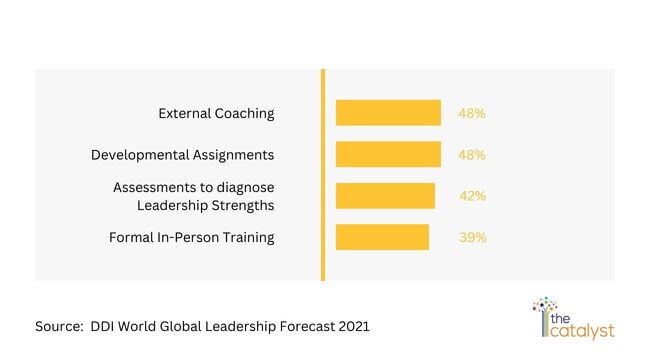
A key point to note is that a combination of these works best. So, even if a training program is conducted, it is always better to back it up with a Developmental assignment as it gives the participant to put into practice what they learn.
5. Get Feedback for Assimilations
A feedback-sharing mechanism throughout the sessions helps leaders assimilate the learning. Since everyone has to participate in assimilation sessions, It gives each participant an opportunity to learn from others’ sharings.
Often, information in training can be overwhelming. Good assimilation allows you to check that concepts have been understood well, and if not, allows you to correct the understanding.
Take a look at these five stages in action in a case study from The Catalyst.
A good design coupled with powerful facilitation is what makes a leadership training program highly effective. Hence it is always recommended to consult an experienced L&D team. They will be able to suggest what is the ideal approach to assimilate a particular leadership skill. Remember, it is more important for the learning to stick, rather than just conduct a program.
Reach out to The Catalyst as your Leadership Training Program Partner.
Our Programs
Here is a list of all our Leadership Training Programs
Success Stories
Check out some of the earlier projects undertaken by The Catalyst.
Testimonials
Read what our participants have to say about our programs!
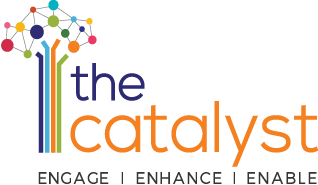
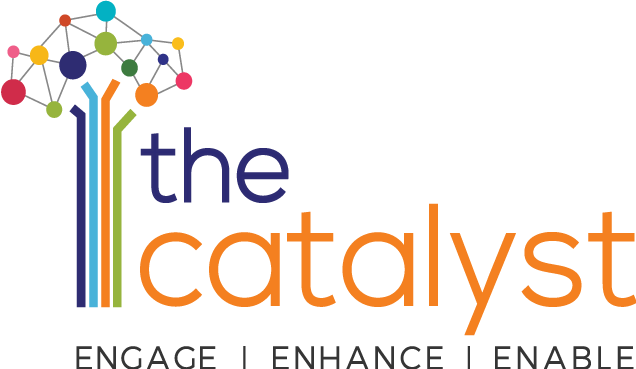

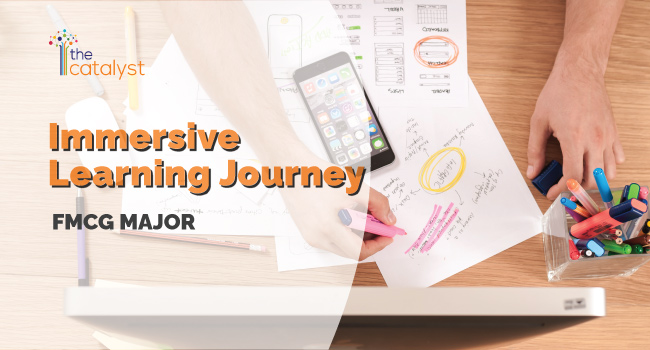
Leave a Reply
Your email is safe with us.
You must be logged in to post a comment.